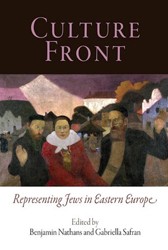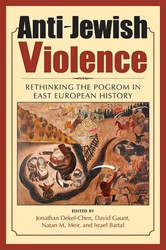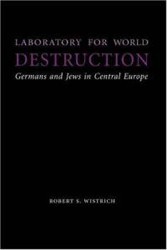Salvage Poetics: Post-Holocaust American Jewish Folk Ethnographies explores the literary sources and visual images American Jews in the post-Holocaust period have used to formulate an understanding of pre-Holocaust East European Jewish life. Salvage Poetics traces an arc from the literary to the visual in popular American Jewish apprehensions of the Jewish world destroyed in Eastern Europe. The book begins with an exploration of the popular ethnographies, Life is With People (1952) and The World of Sholem Aleichem (1943), and moves on to a discussion of anthologies produced by Irving Howe and Eliezer Greenberg (A Treasury of Yiddish Stories [1953]), Lucy Dawidowicz (The Golden Tradition [1967]), and Lucjan Dobroszycki and Barbara Kirshenblatt Gimblett (Image Before My Eyes [1977]). Abraham Joshua Heschel’s eulogy to East European Jewry, The Earth is the Lord’s (1949) is presented as a unique hybrid of literary and visual materials, leading to a discussion of the pre-Holocaust photographic ouevres of Roman Vishniac (1930s) and Alter Kacyzne (1920s) and the paintings of Ben Shahn (1950s) and Meir Kirshenblatt (1990s).

Nonfiction
Salvage Poetics: Post-Holocaust American Jewish Folk Ethnographies
- From the Publisher
September 1, 2020
Discussion Questions

Jewish literature inspires, enriches, and educates the community.
Help support the Jewish Book Council.


